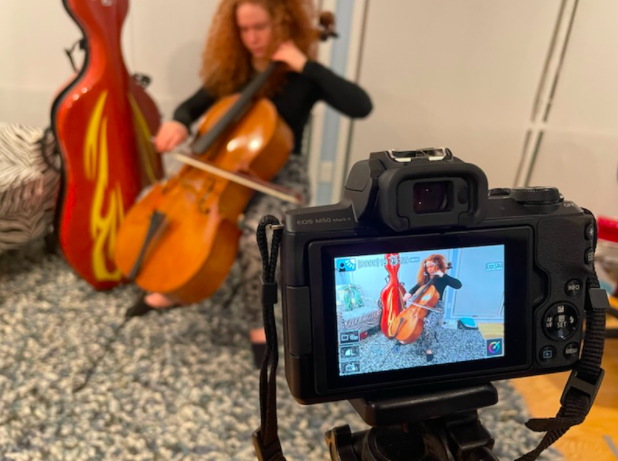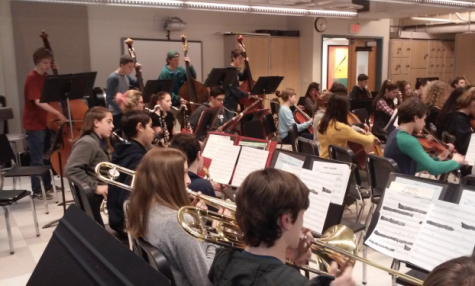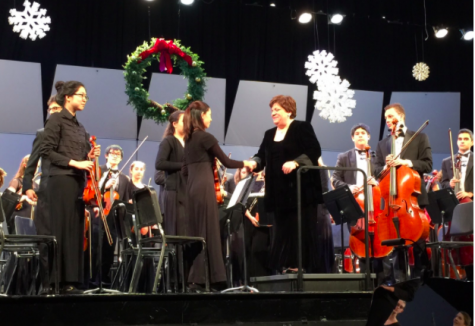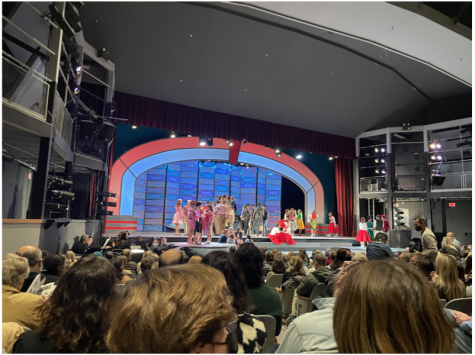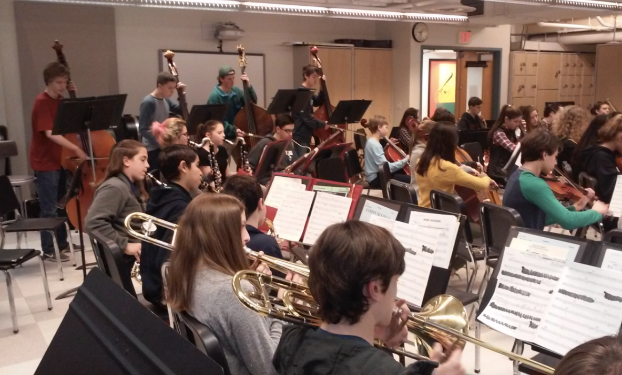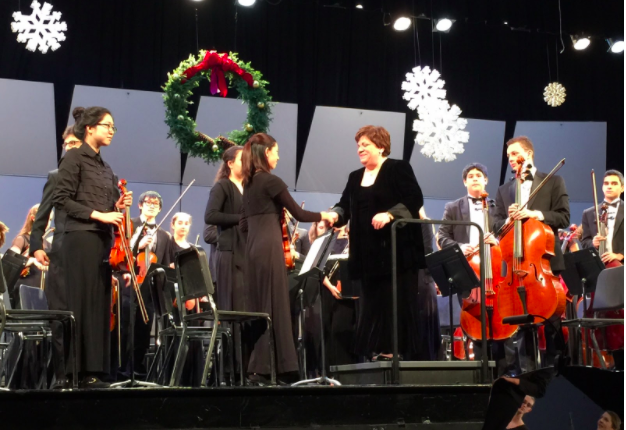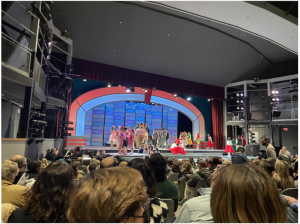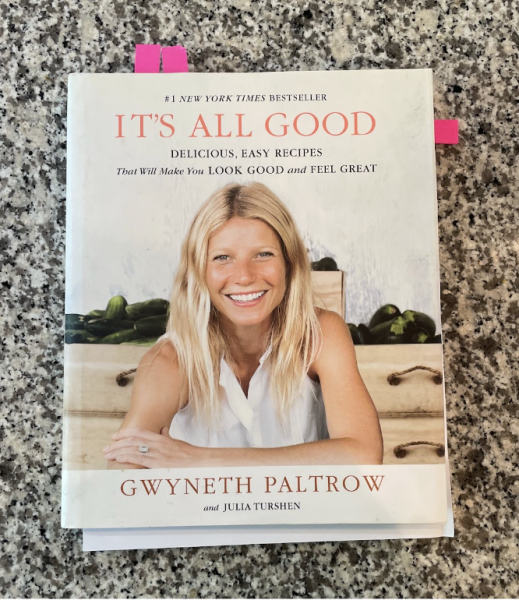Video recordings transform auditions
Photo dramatization by Lucy Dockter ’23
Video recorded auditions which have become more prevalent in the past year have changed the entire audition process for youth orchestras, making them more miserable and taxing.
You have been preparing every single day for the last four months. Your fingers have been ingrained with the music—you play it in your sleep. You arrive at the site and take 15 minutes to warm-up in a muggy basement, covered in old carpet. Then you walk out on stage, into the open. The judges’ eyes glare as their ears scrutinize every note you play. Finally, you finish the piece, and—good or bad—it’s all over. You stand, say thank you and all you have to do now is wait for a response.
This has been the typical audition process, at least around here, for young musicians since the beginning of youth orchestras—until these past two years. Due to COVID-19, many youth orchestras (including Western Regionals and All State as well as Norwalk Youth Symphony and Greater Connecticut Youth Orchestras) have switched to recorded auditions. These videos have changed the audition process for the worse and have made auditions even more miserable and stressful.
In this past year, because youth orchestra directors have not wanted as many students in the building nor can they find enough judges to evaluate the students, many have switched to virtual, self-taped auditions. And because it’s convenient, many orchestras are sticking with this format.
Instead of the traditional preparation and then one-time audition, recording an audition means we are expected to turn in a polished performance.
— Lucy Dockter '23
This change is harmful to student musicians. Instead of the traditional preparation and then one-time audition, recording an audition means we are expected to turn in a polished performance. The process becomes endless, with recording after recording.
I have played cello for nine years, and over these past two years, I have recorded seven auditions for various youth orchestras. Each time, I have sat down for three or four hours at a time and taken over 40 recordings: eight or so full length videos and the rest are one to two minute clips, which I abort part way through, knowing they are more flawed than the last take.
After each full length take, I sit down and listen to it, and then take notes on every single imperfection. That way, I can go back at the end and say which had the fewest mistakes (it’s never perfect!). Then, I send the two best to my teacher for review.
This process is now typical, with many musicians doing even more. At the Western Regionals Festival, orchestra-mates were talking about completing upwards of 100 takes, and for weeks on end.
Not only are students, especially musicians, terribly hard on themselves, taking every opportunity to perfect a performance, but many also have parents who sit in on every music lesson, watch as their child practices two hours each day and listen outside the door of their child’s audition (not my parents). The ability of parents and teachers to judge every audition —before it’s even submitted—also increases the pressure.
There are also even more inequities built into this system with students who have better recording equipment and whose private teachers spend the time to review and pre-adjudicate their work enjoying significant advantages.
Auditions are difficult, no matter what. Recorded auditions exacerbate the anxiety and prolong the anguish. Thus, youth orchestras should return to in-person auditions.
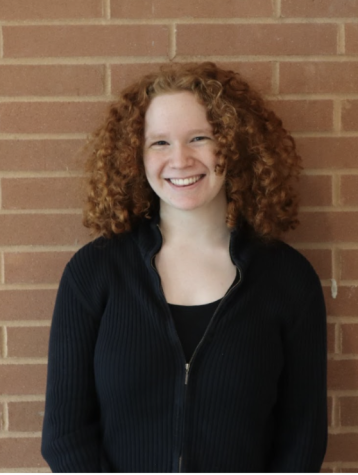
Editor-in-Chief Lucy Dockter ’23 spends time playing the cello, flying planes and managing her staff in Inklings. Dockter first gained interest in journalism...












































